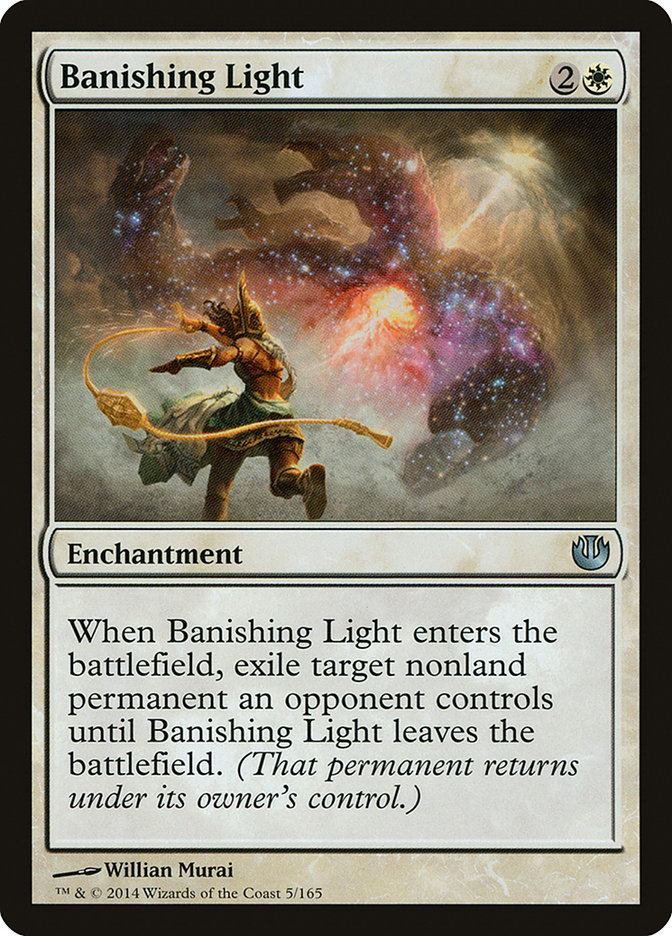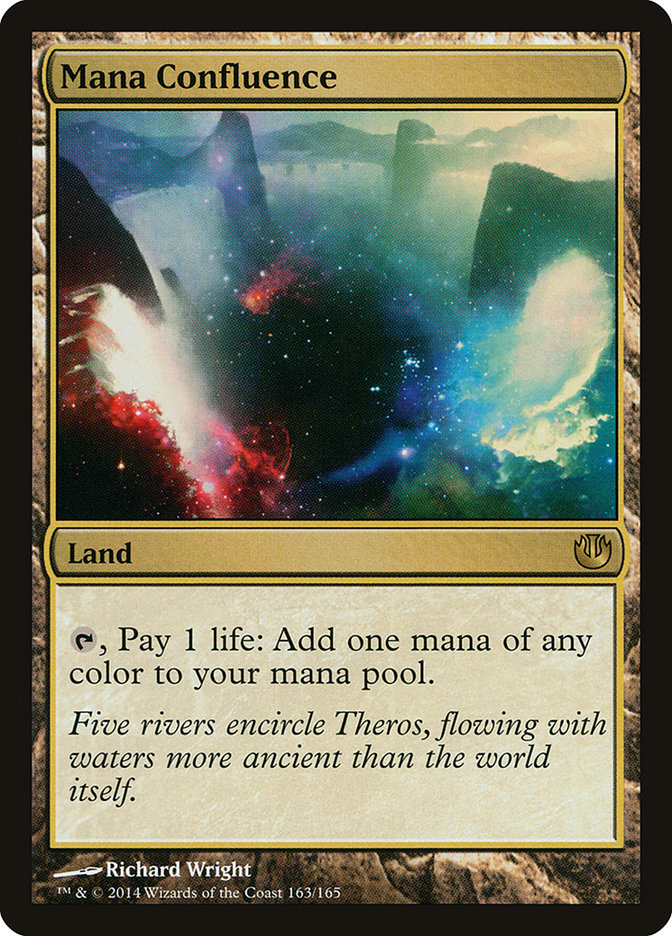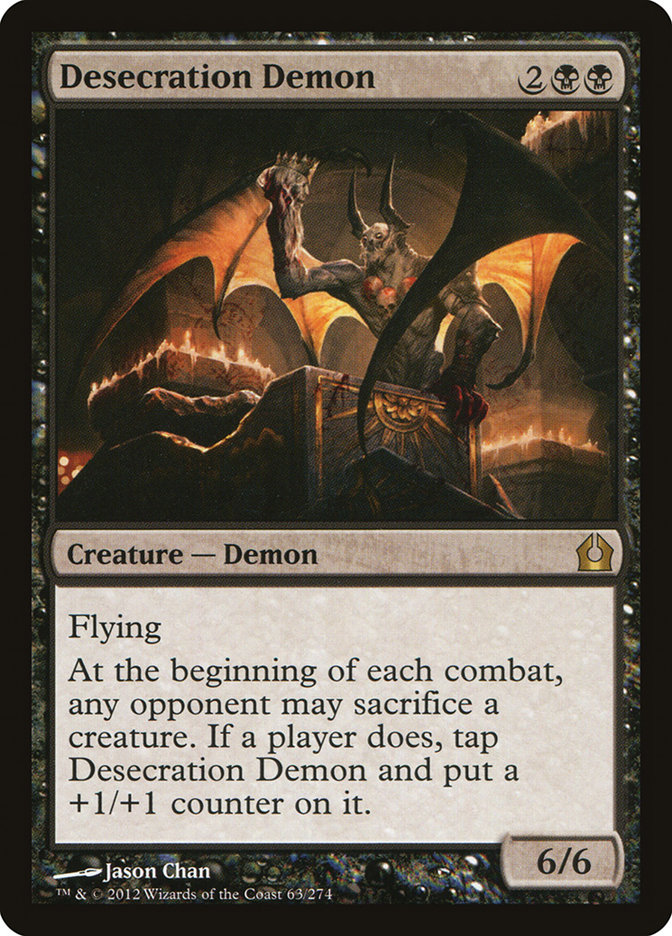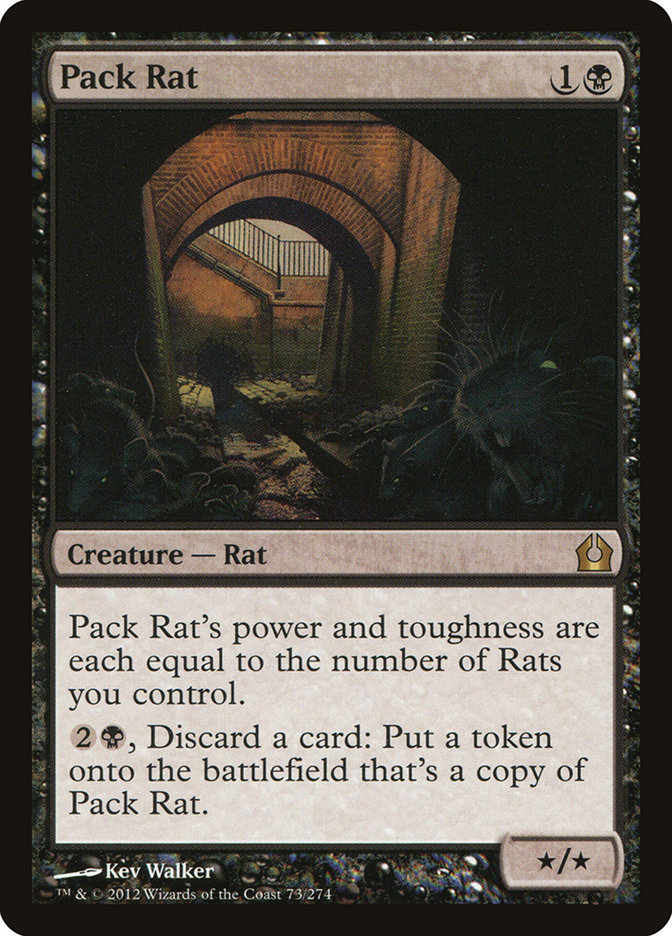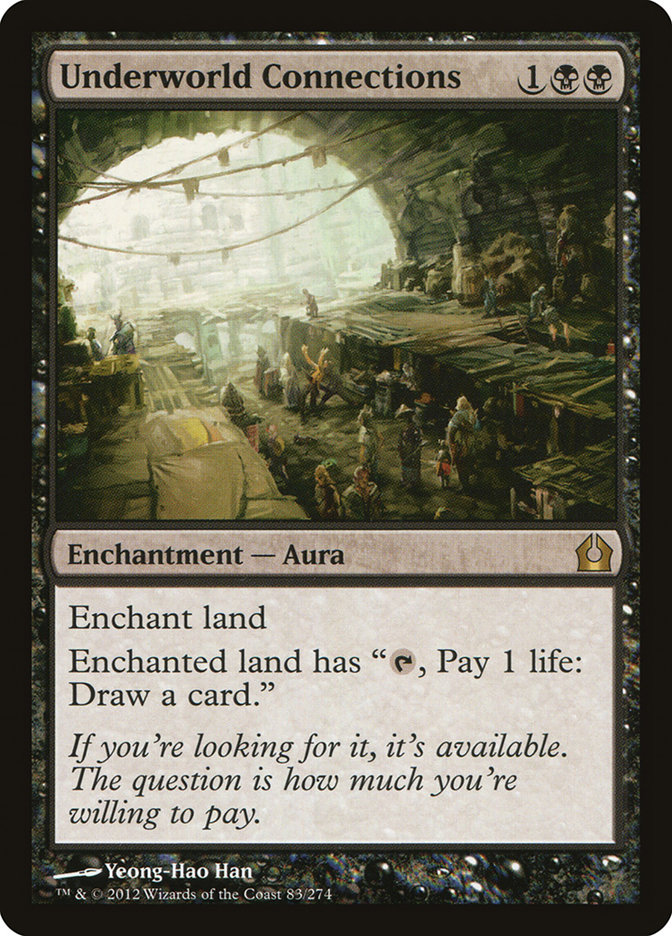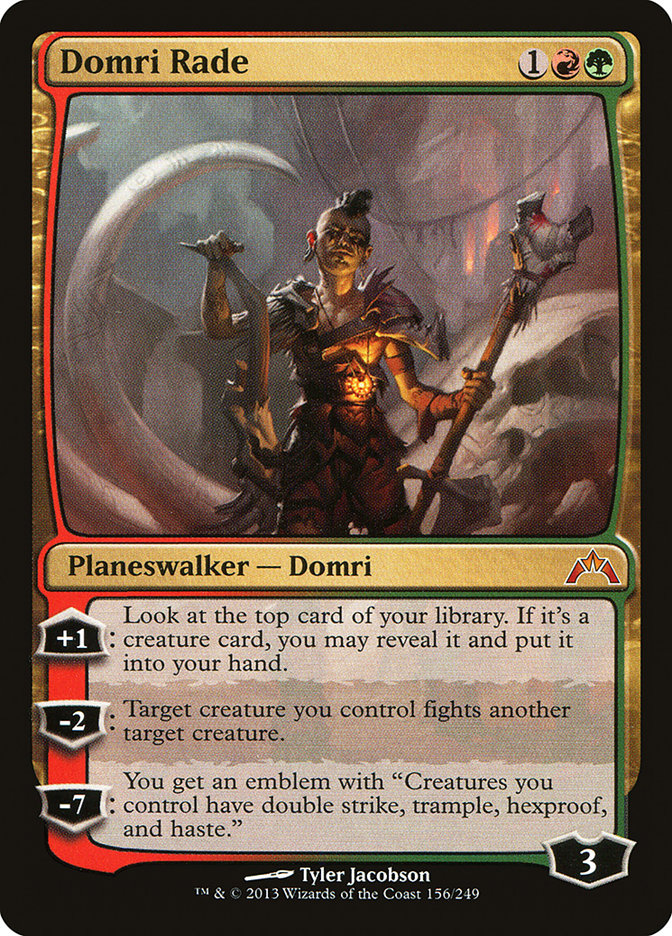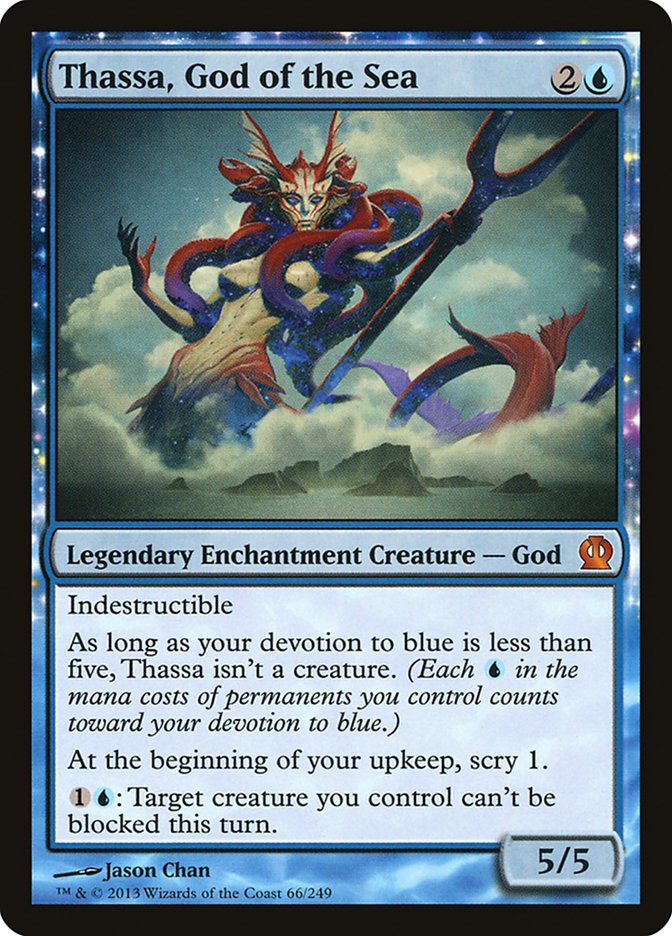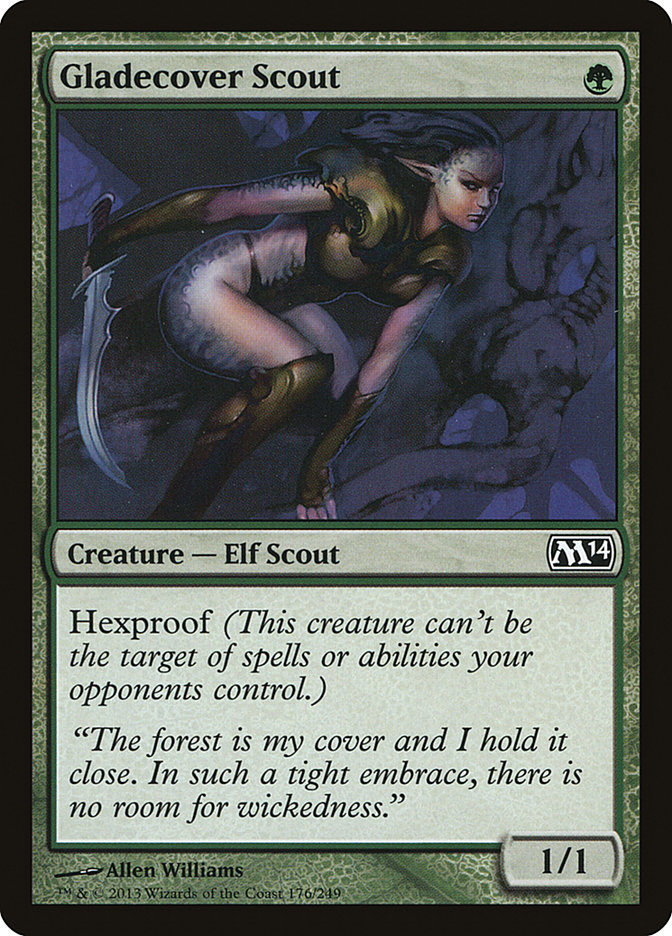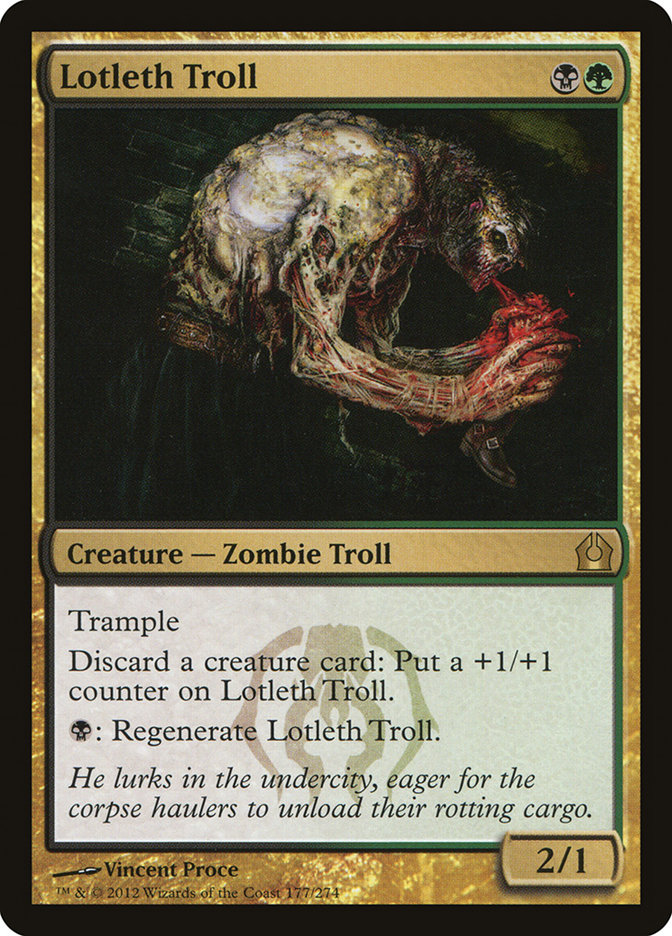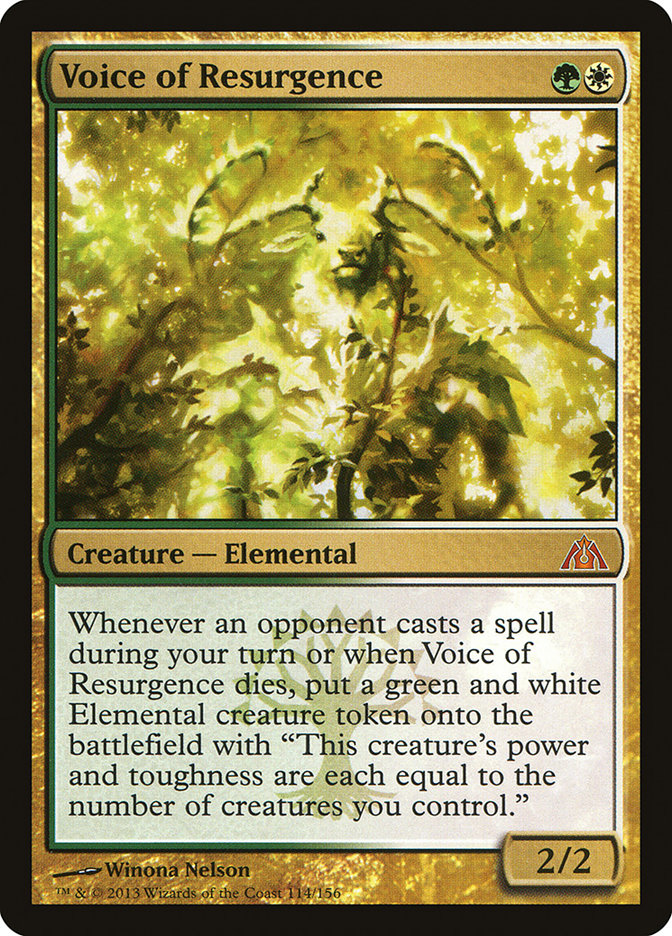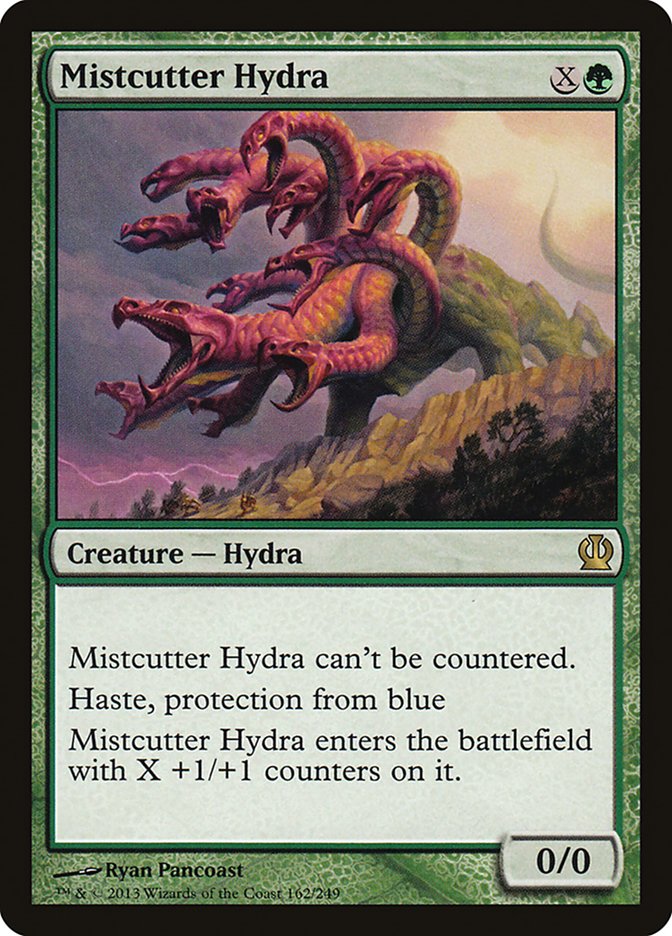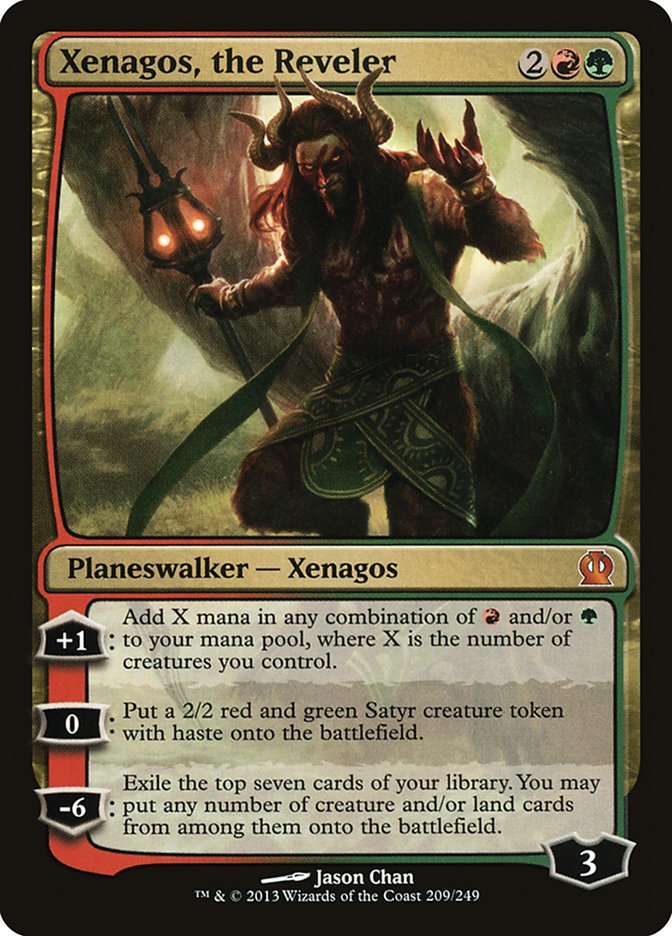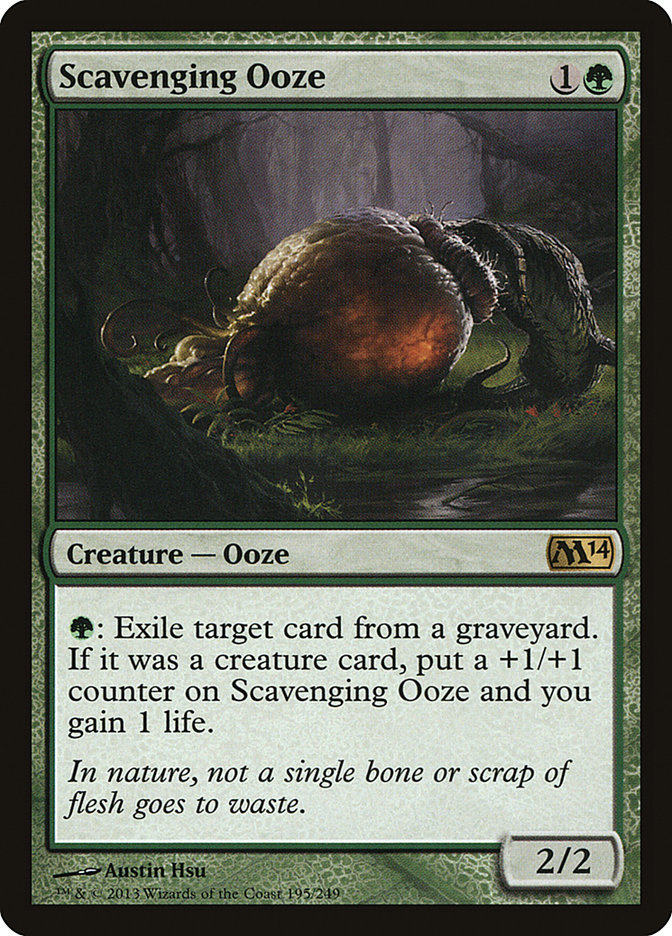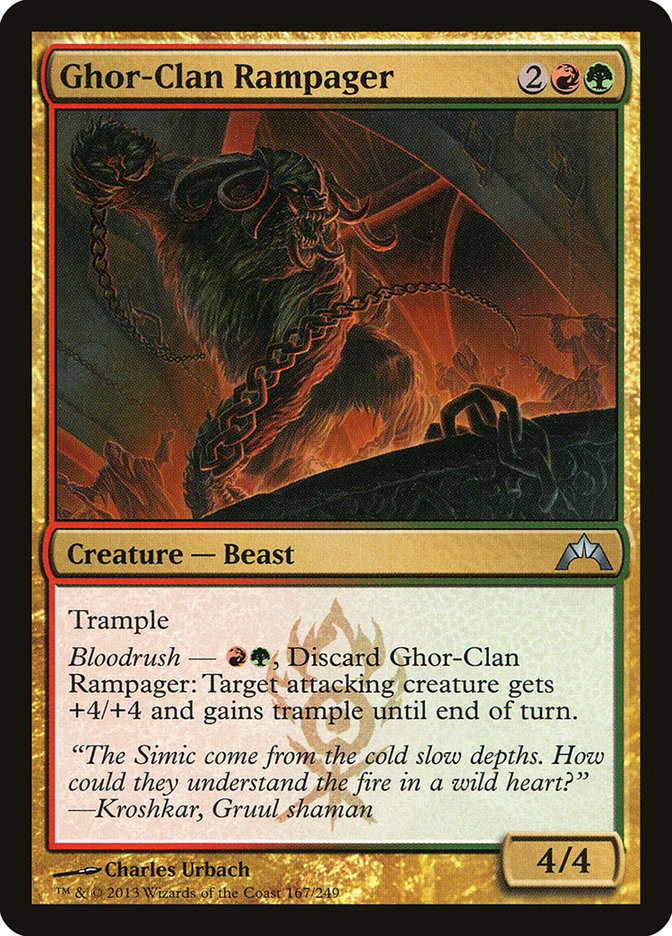I have been writing articles on spoiler week for years now. Something I learned long ago was to wait until Thursday night’s spoilers get posted to write my article so that there are no new cards between when I write and when it gets published. This means I stay up until midnight just so I can get that last bit of information before talking about the new Standard format since missing that extra day of cards could potentially invalidate my entire article. That said, I have never been this blown away by Thursday spoilers. Never did they completely change my opinion of what Standard was going to look like. Never were they this format defining.
This is the game changer, ladies and gentlemen. Standard will never be the same because this card exists. The format will revolve around this spell. Sure, it looks just like Detention Sphere, but it isn’t. It may even look like a worse card than Detention Sphere, but it’s not. Banishing Light is far and away the most groundbreaking card that Journey to Nyx has to offer thus far.
On the surface this just looks like the white Detention Sphere. A card that will allow decks to get roughly the same effect as Detention Sphere but without being forced to play white and blue. This opens the door for more decks to have answers for tough to deal with permanents like planeswalkers, Gods, and enchantments. The biggest example is the Naya Control deck I played at the StarCityGames.com Invitational last October.
Creatures (7)
Planeswalkers (5)
Lands (26)
Spells (22)

This archetype was a great metagame call, but its biggest flaw was its inability to deal with Underworld Connections and planeswalkers. This gave certain decks a significant advantage in the matchup. Luckily I predicted that devotion-based decks would be the most popular, and I was right. That wasn’t the case for the rest of the format, and the deck died off.
How good do you think a deck like this would have been all season if it could have fought toe to toe with Detention Sphere and actually had an answer to Elspeth, Sun’s Champion without being forced to halt whatever it was doing and exhaust every resource into attacking it? I think the deck would have been a pretty good choice.
A very important point to make is that this card can target other copies of itself. The reason Detention Sphere is unable to do this is because of the ability it has to remove all copies of the same permanent. This is extremely powerful, but at the same time it is too crazy to allow Detention Sphere to target other Detention Spheres. That would force a very unique tension in the format as well as play out extremely weird. Just think about the scenario where you are unable to play a second Detention Sphere due to an opponent being able to two-for-one you by removing both of them. Or even you setting up loops using all four of them to be able to remove every permanent your opponent has in play.
I’ll let you figure that one out on your own . . .
Since Banishing Light is able to target itself, it will not only be a great way to deal with other permanents but also a reliable way to deal with itself, meaning more decks will potentially start playing it. Proactive decks will want this card to deal with planeswalkers as well as other copies of Banishing Light, and reactive decks will just want a smooth catchall removal spell that can kill creatures and problematic permanents on its way to setting up a stable board position.
Not every deck will play this card, but many will splash it due to every color combination having four Temples, four shock lands, and Mana Confluence.
Mana Confluence is not currently twenty dollars because of its playability in Eternal formats. It’s at this price because of how unbelievable it’s going to be in Standard, and that was even before Banishing Light was spoiled! These cards are uniquely connected, and it’s not because Mana Confluence can be tapped for white mana.
Mana Confluence is the missing link for three-color aggressive decks. We have seen them from time to time, but they have never really made a big splash in the format due to unreliable mana. The Temples are just not fast enough for them to get on the board quickly enough to capitalize with their impressive early game spells. The best example of this is Naya Aggro with Brave the Elements:
Creatures (26)
- 4 Dryad Militant
- 2 Loxodon Smiter
- 4 Ghor-Clan Rampager
- 4 Boros Reckoner
- 4 Voice of Resurgence
- 4 Fleecemane Lion
- 4 Soldier of the Pantheon
Lands (22)
Spells (12)
Sideboard

I had a ton of faith in this deck a couple months ago due to seeing how powerful its midgame was. This deck’s ability to just dominate turns 3-6 was almost captivating to me. I felt that if I could get a board presence early enough that no deck could hold a candle to me during these turns. Most of my opponents had the inevitability, but I didn’t care because they would just be dead before they could take advantage of it.
The only weakness was the deck’s inconsistency. The spells were perfect, but opening on too many Temples or missing a color cost it too many games to justify playing it in a competitive event. In the end, I had to give up on the deck.
Mana Confluence has given this deck a second chance. It’s exactly what the deck needed. It comes into play untapped and can produce all three colors, allowing Brave Naya to get on the board without being forced to have multiple lands come into play tapped. No longer will the deck get tempoed out by the consistency of single color decks.
There is the argument that playing twelve shock lands and four copies of Mana Confluence is just too many lands that deal damage, but I believe it’s a poor one. This style of deck has no interest in playing a long game and just wants to curve out and kill the opponent with Boros Charm, Brave the Elements, and Ghor-Clan Rampager. There’s no late game for this deck, whether they’re at twenty life or twelve. This is a deck based around tempo.
Tempo?
Tempo!
Tempo has been the missing link in Standard for some time now. Due to shaky mana bases being held together by Temples, the format has revolved around card quality and "snowballing." Once a deck found a foundation for victory, it would capitalize by getting further and further ahead. Mono-Black Devotion did this with Underworld Connections and Gray Merchant of Asphodel, while U/W/x did it with its namesake card. The format was not fast enough for tempo to be the defining strategy. Sure, some decks exploited slower archetypes by being completely based around speed, but the real culprit in Standard was decks trying to attack from so many angles that eventually something would break the game wide open.
I understand many of you might not agree with me, so I have the perfect way to explain why Standard was not being controlled by tempo but rather card quality. Think about these popular formats: Standard, Legacy, and Modern. All three of these formats have Thoughtseize legal in them. Rank the formats by how powerful Thoughtseize is in them from most powerful to least.
1. Standard
2. Legacy
3. Modern
Is this what you came too as well? That is because Modern is the most tempo-based format of them all. Even though every deck looks extremely different from each other, the cards within those decks are comparable in power level. Storm can combo with some number of rituals and then any one of Goblin Electromancer, Past in Flames, or Pyromancer Ascension. Casting Thoughseizes against Modern’s decks can help but isn’t as powerful as it is in the other formats.
Legacy is a fast format that is also very tempo based, but the individual cards have a much higher variance when it comes to power level. What is scarier, a turn 1 Delver of Secrets or Nimble Mongoose? What about Show and Tell, Lion’s Eye Diamond, or True-Name Nemesis?
Standard is all about curving out. Isn’t that tempo? It sure isn’t!
Standard is all about playing cards in a timely fashion and hoping your big finish is bigger and better than your opponent’s. Every proactive deck tries to spend only one turn disrupting an opponent while curving out or simply playing a multitude of cards that attack on different levels, making it difficult to disrupt. The control decks of the format are trying to disrupt the opponent as much as possibly while also gaining some sort of board position.
Another easy way to understand that Standard is not based around true tempo is that almost every game in this format is not won the turn before the other player could win. Most games are complete and utter blowouts one way or another. Sure, they might have been close at some stage of the game, but rarely do I hear "you were dead next turn." How many times in previous formats was that the case? The answer is a lot! When it does happen, you remember the exciting moment because it happens so infrequently.
So what does this all have to do with Banishing Light? Banishing Light may be a catchall removal spell, but it is not a permanent way to disrupt a deck. The downside of an opponent potentially getting back the permanent causes this card to not be a reliable removal spell. This tension causes decks to want to use Banishing Light as more of a tempo play instead of an actual removal spell. Rather than just trying to answer everything, they will play this on a key turn to swing the board position in their favor. To clarify, let’s break down how normal threats and removal spells work.
Player A plays Creature A.
Player B plays Hero’s Downfall targeting Creature A.
Player A now must have another creature to progress their board. They may have removal in their hand that is now currently dead.
What about in this scenario?
Player A plays Creature A.
Player B plays Banishing Light targeting Creature A.
Player A now can play either Creature B or Banishing Light to continue to progress their board position.
Player A has now continued to progress their board position but had the opportunity to do so by using a removal spell.
The only way Player B would be advantaged in this scenario is if they had proactive permanents in play to begin with to exploit the advantage of both players trading Banishing Light. Without that board position, Player A is now advantaged since they are the one with a permanent in play that must be either trumped or dealt with.
The one outlier to this logic is decks revolving around Sphinx’s Revelation. These decks do in fact love to exchange turns like this due to the fact that all they want to do is make every land drop possible to capitalize on Sphinx’s Revelation.
Speaking of Sphinx’s Revelation, what does Banishing Light do to its decks? Well, it makes them better, silly!
I would not be surprised if U/W Elixir of Immortality becomes one of the most powerful decks in the format by being able to play more than four Detention Sphere effects. One of the easiest ways to exploit U/W Control decks in the past was to have permanents that the deck had a lot of difficulty dealing with outside of Detention Sphere. One of the key reasons why UW Control began splashing black was to deal with all the unique permanents. But with the format getting faster and U/W Control decks getting more answers to permanents, I see no reason why this deck would need a splash. It gets to rely less on counterspells due to Banishing Light, making it much better at playing from behind and not getting tempoed out of the game.
Because more decks will become faster due to Mana Confluence as well as play Banishing Light, many of the current mainstays in Standard are going to get worse.
Desecration Demon was not a playable card last year due to how much synergy and tempo was infused in the decks. Powerful synergies and tempo-based strategies rotated with Innistrad block, allowing Desecration Demon, Underworld Connections, and Pack Rat to be good enough. Individual power level became the most important aspect of Magic, and these were some of the best.
This will still see some play, but for the most part it won’t be the card draw engine it once was.
Not only will this card be more difficult to keep active, but it will be able to be removed from the game.
More decks will have maindeck answers to Unflinching Courage, forcing this deck to be even faster at finishing the game. I expect Naya Hexproof to be obsolete.
One of the only reasons why B/G Dredge was a deck this season was because it was almost impossible to deal with Lotleth Troll. Now every deck will have an answer to it, and they also can simply kill any bestowed creature as well as Nemesis of Mortals.
Sorry buddy, but you somehow get worse!
It still has haste and protection from blue, but now most blue-based decks will have access to a great answer to this once powerful green creature.
Some of the more fringe cards will become better.
Due to fewer decks needing to rely on black to deal with planeswalkers, we will see an uptick in decks without instant speed ways to kill this powerful creature.
This card is going to be good! Not only does it come down early to deal with some of the more aggressive creatures, but opponents will mostly have to deal with it as a sorcery.
Even though Banishing Light removes permanents instead of killing them, enough creatures will hit the graveyard. Standard is going to speed up significantly, and this always means creatures will bounce off of each other. With so much interaction, Scavenging Ooze not only can help deal with early aggressors but also be a reasonable threat in the late game. Expect more decks to be playing four copies of this card.
I’ll give you one guess to why this card gets better!
Not only will Mana Confluence allow more decks to safely splash this card, but there will be less instant speed removal.
Both lists can go on and on, but that is a good starting point. Standard is in for quite the shakeup, and it’s because of these two cards. There are a lot of other sweet cards in Journey into Nyx, but none will be as influential as Banishing Light and Mana Confluence. With only half of the set spoiled so far, we may be in for a couple more surprises before we can finally look at Standard as a whole. I might be right and might be wrong, but I sure as hell know I’m going to dethrone Mono-Black Devotion!
I’ve updated both Naya Control and Brave Naya to give you guys a good starting point as to what decks will look like with these cards as opposed to their older versions.
Creatures (12)
Planeswalkers (9)
Lands (24)
Spells (15)

Creatures (26)
- 4 Dryad Militant
- 4 Ghor-Clan Rampager
- 4 Boros Reckoner
- 4 Voice of Resurgence
- 4 Fleecemane Lion
- 4 Soldier of the Pantheon
- 2 Brimaz, King of Oreskos
Lands (22)
Spells (12)

Next week we will finally have perfect information and can finally begin to get deep into what this format is going to look like.
Also . . . set reviews!

